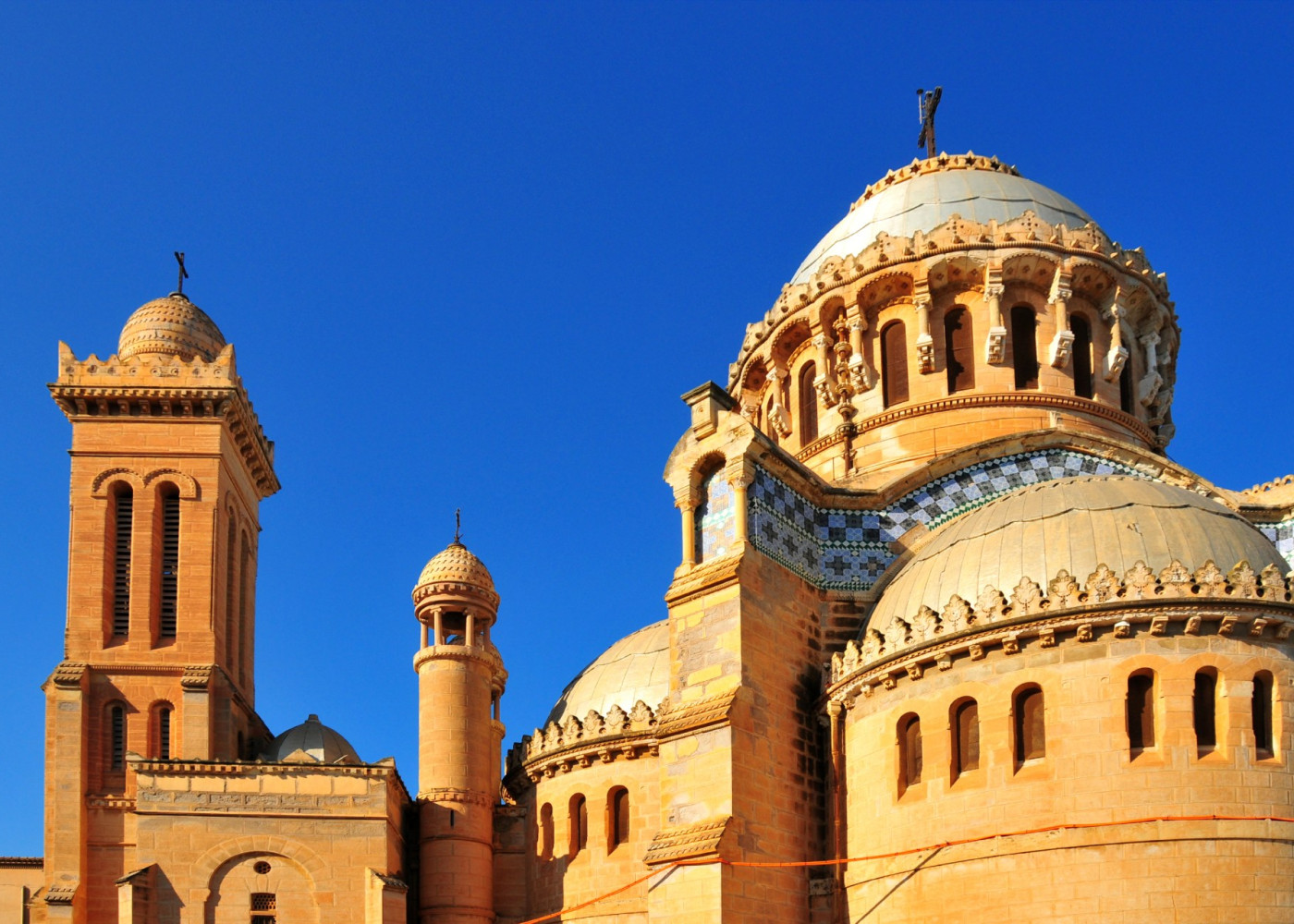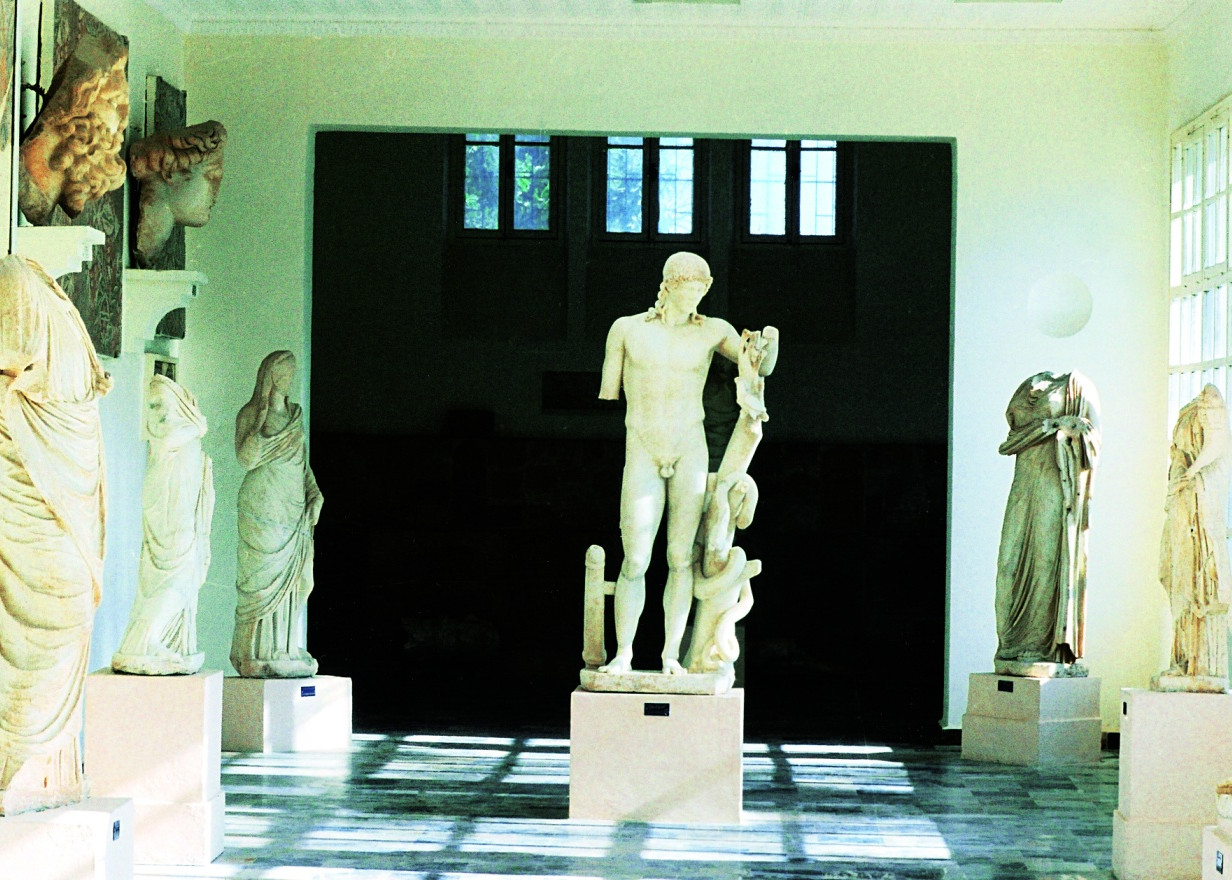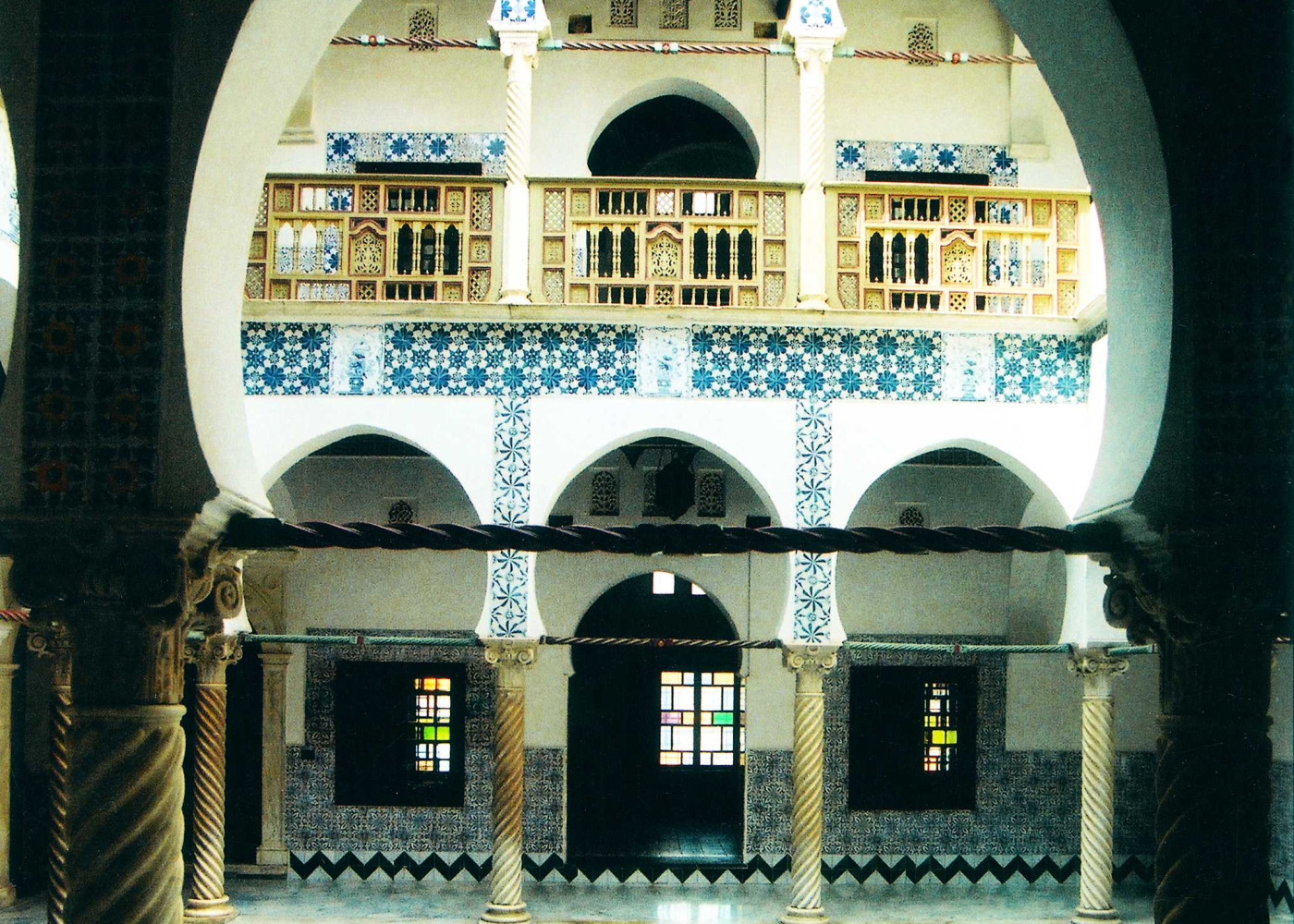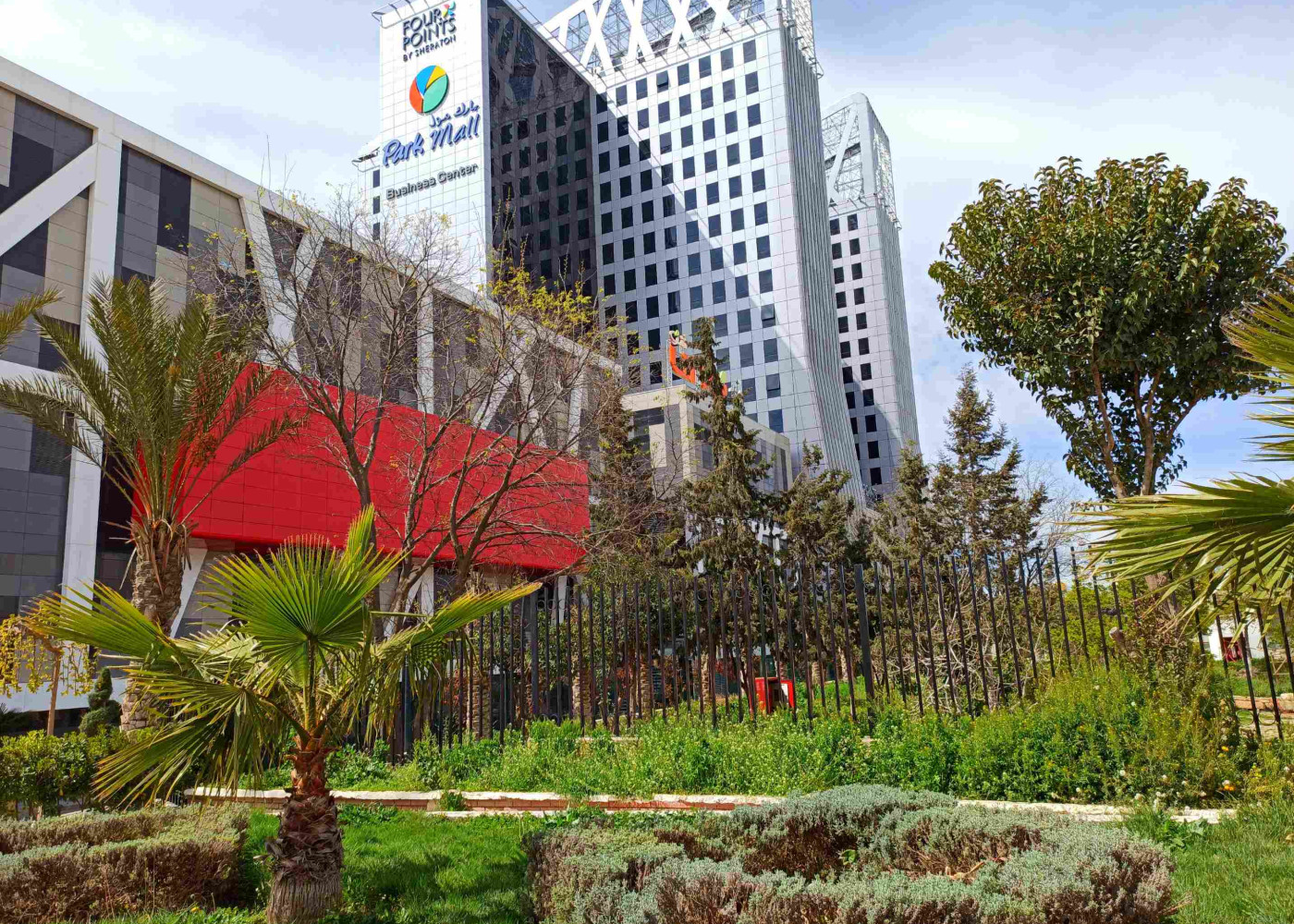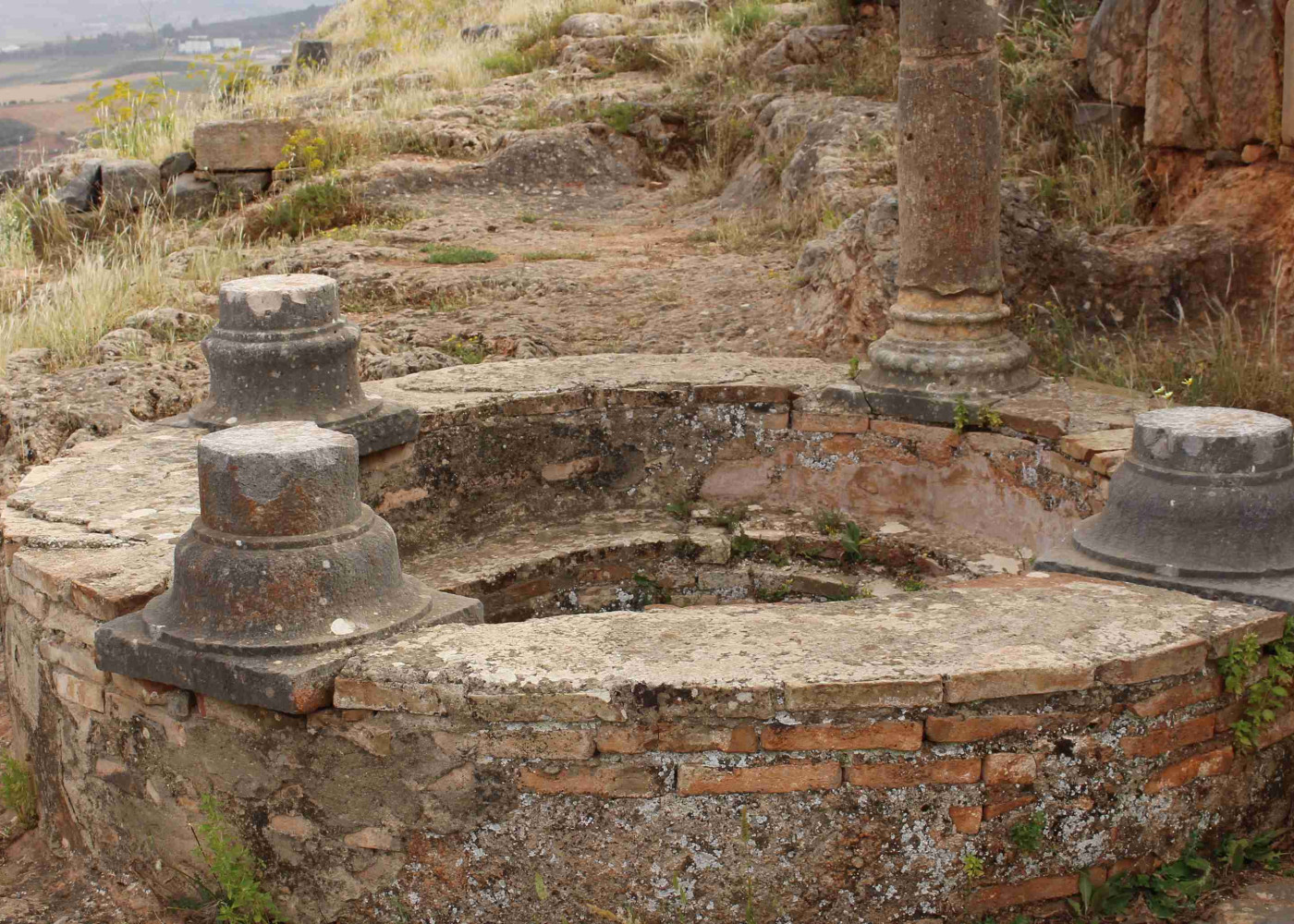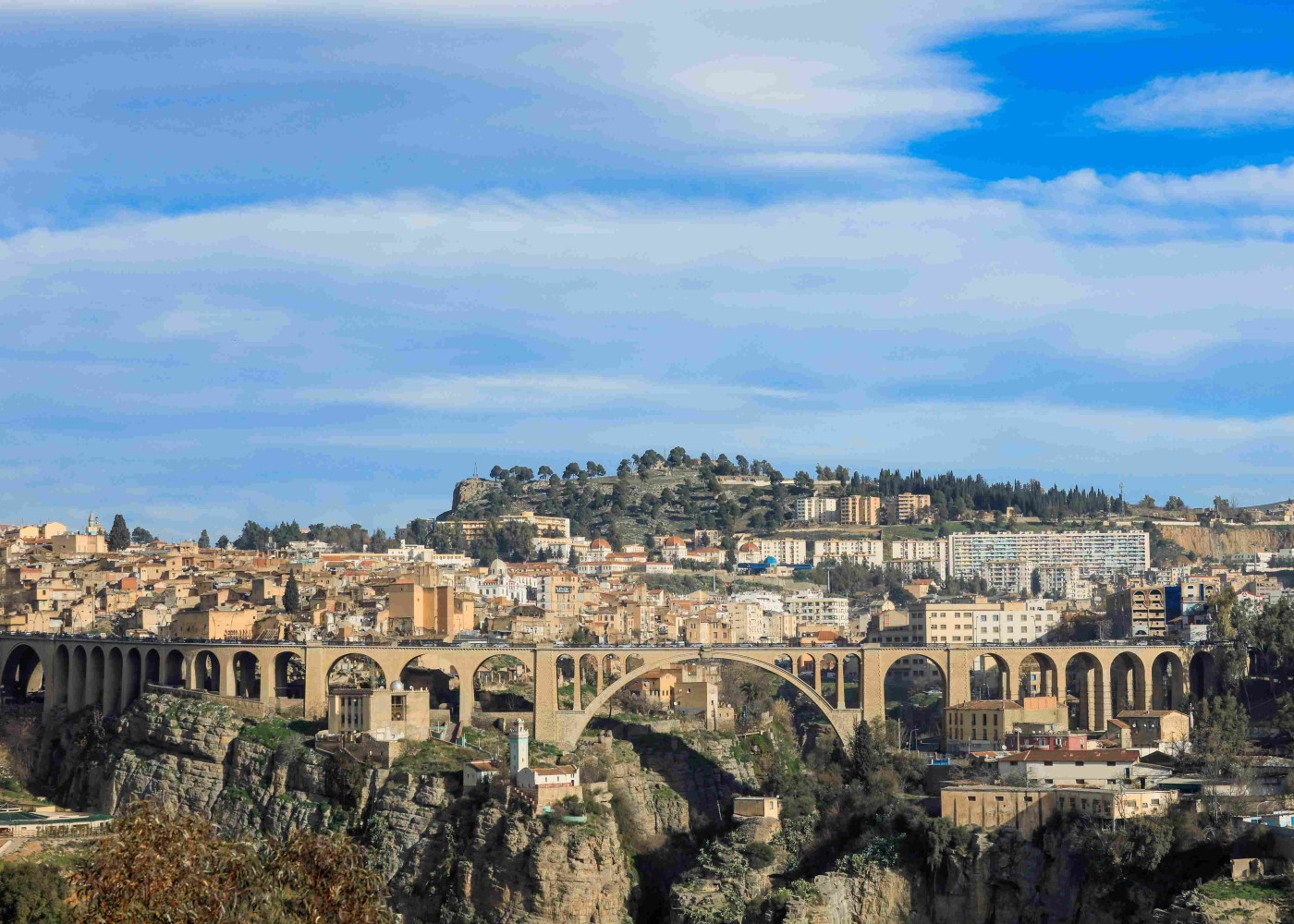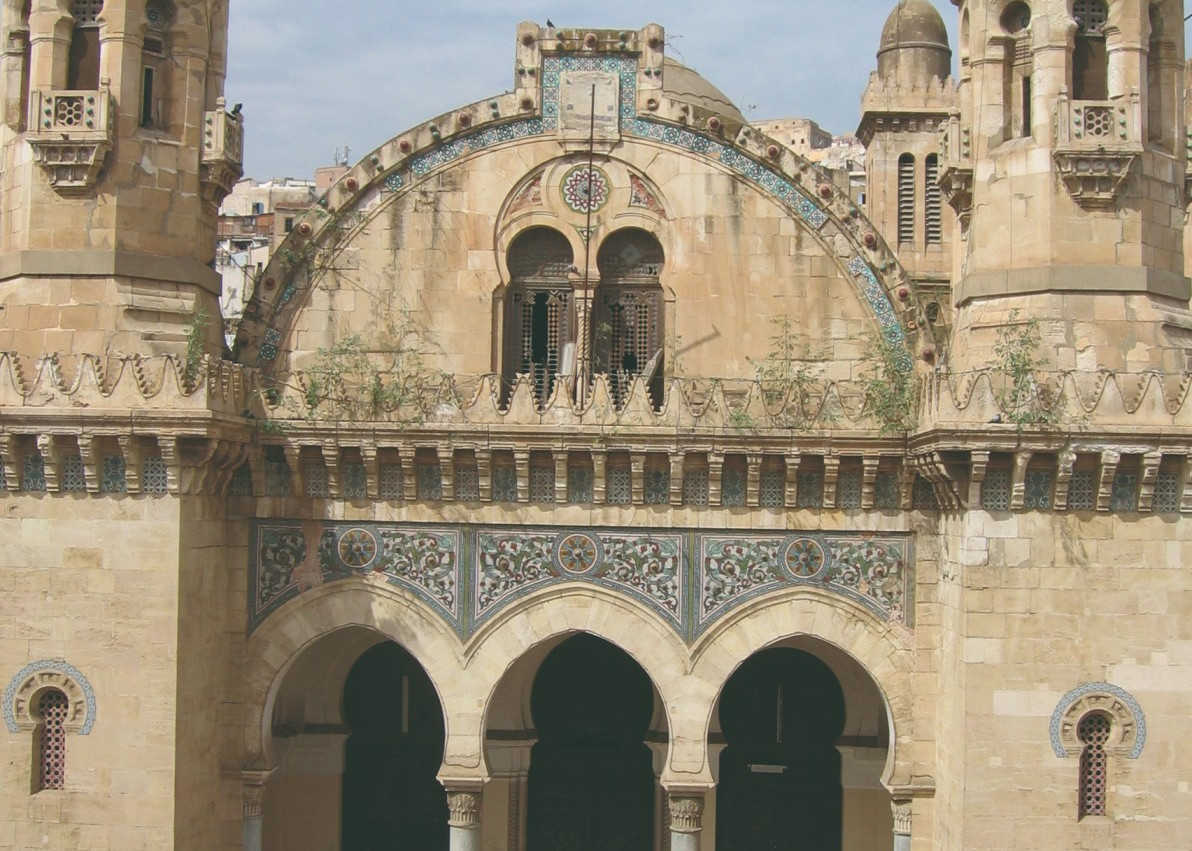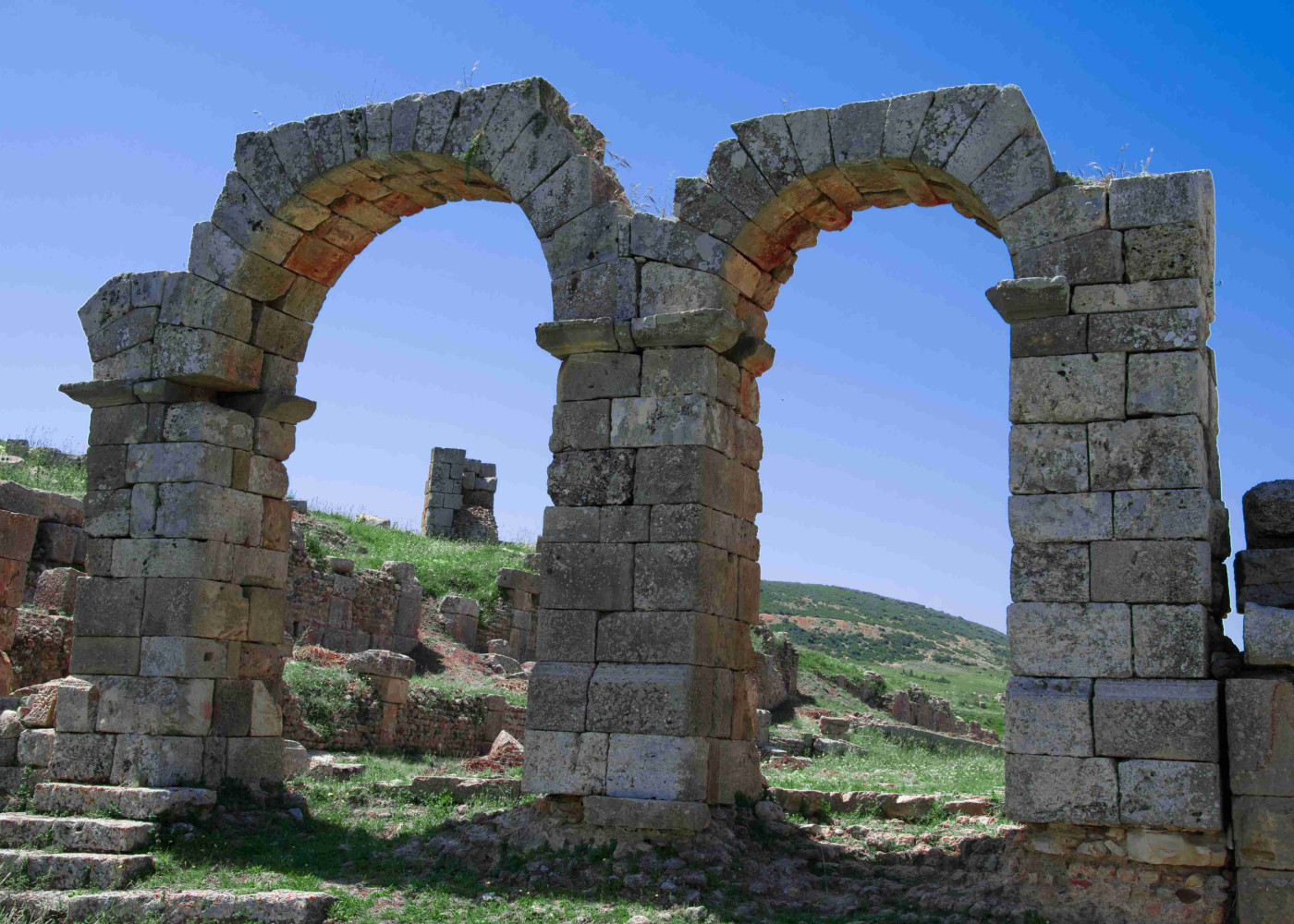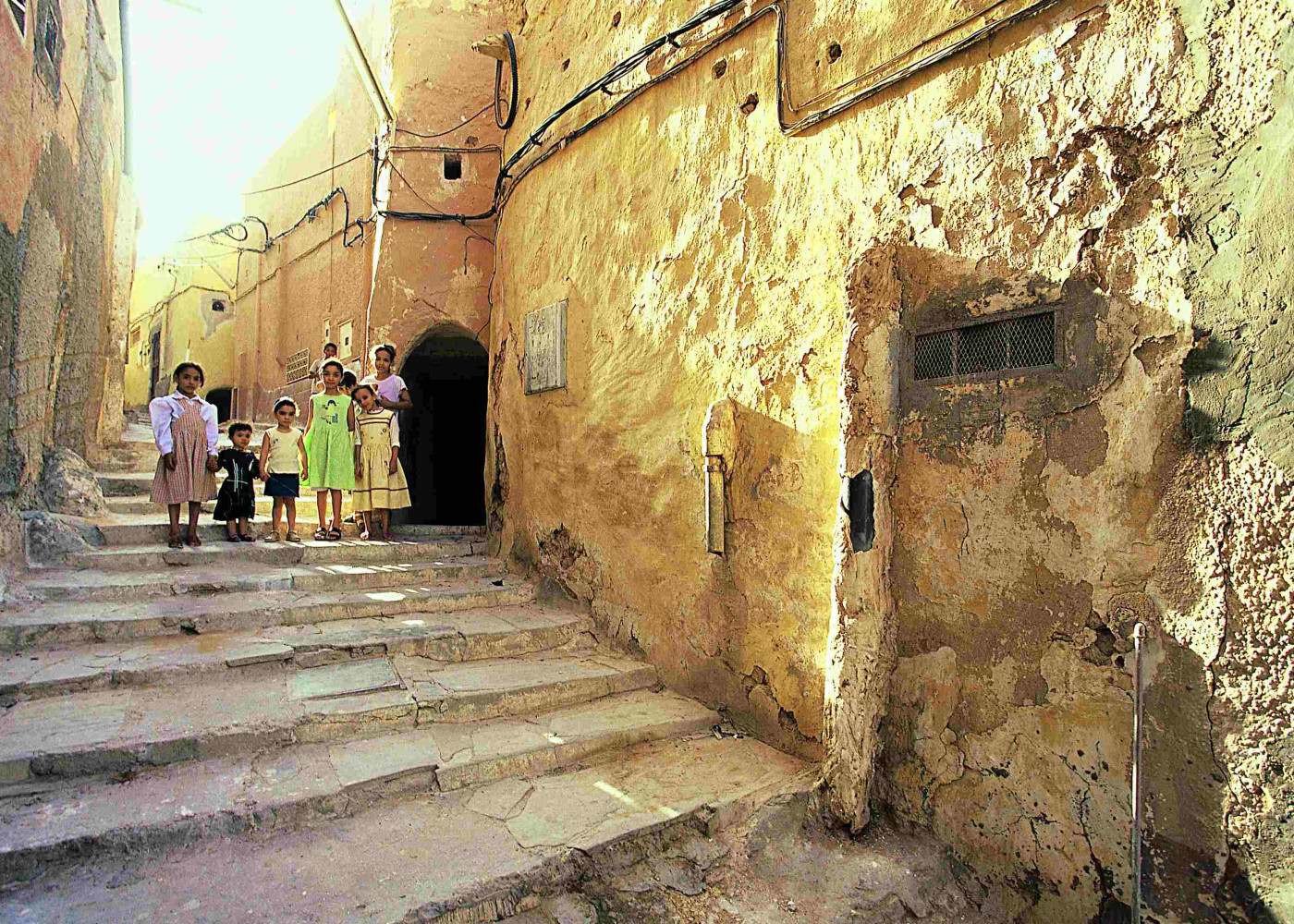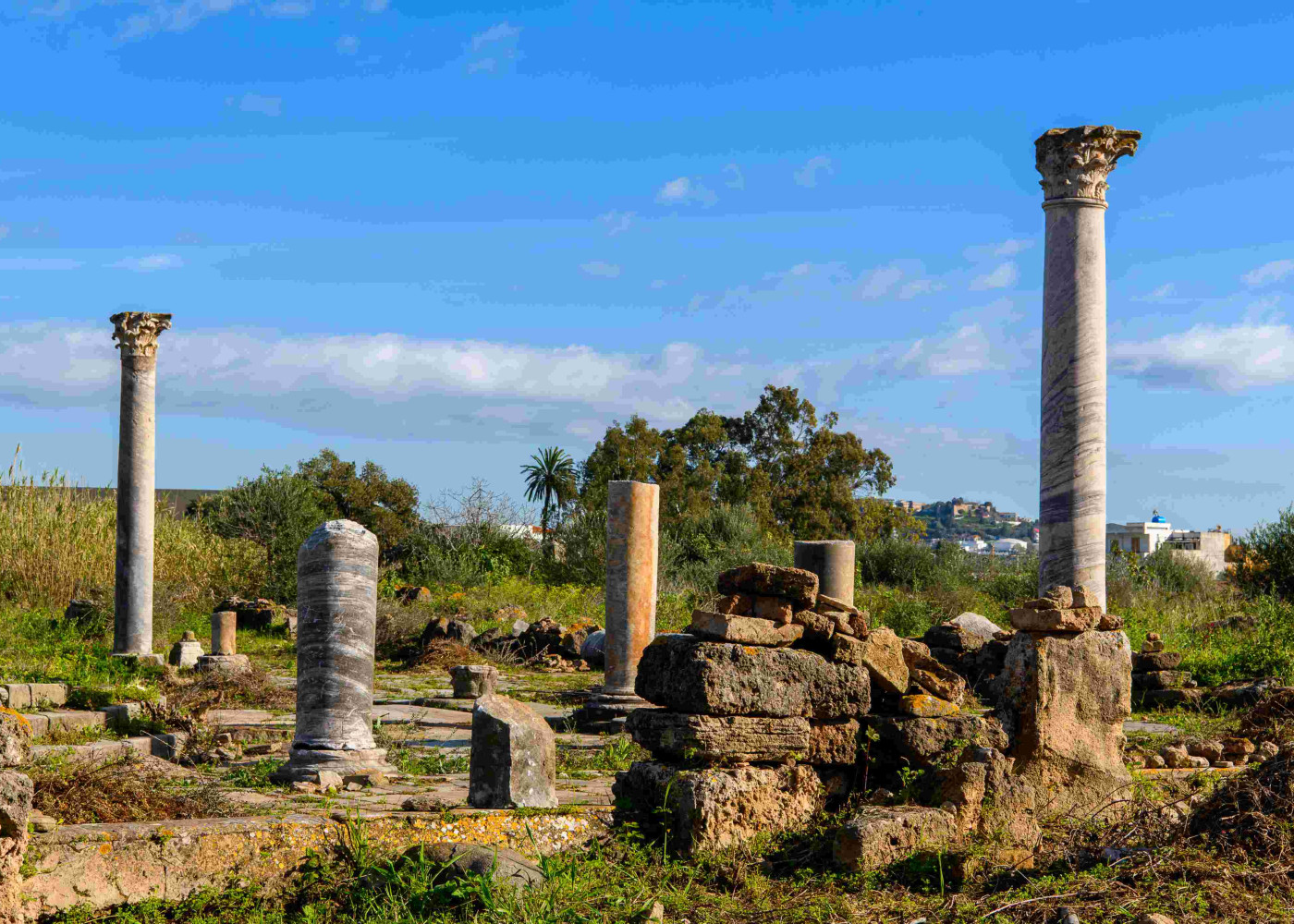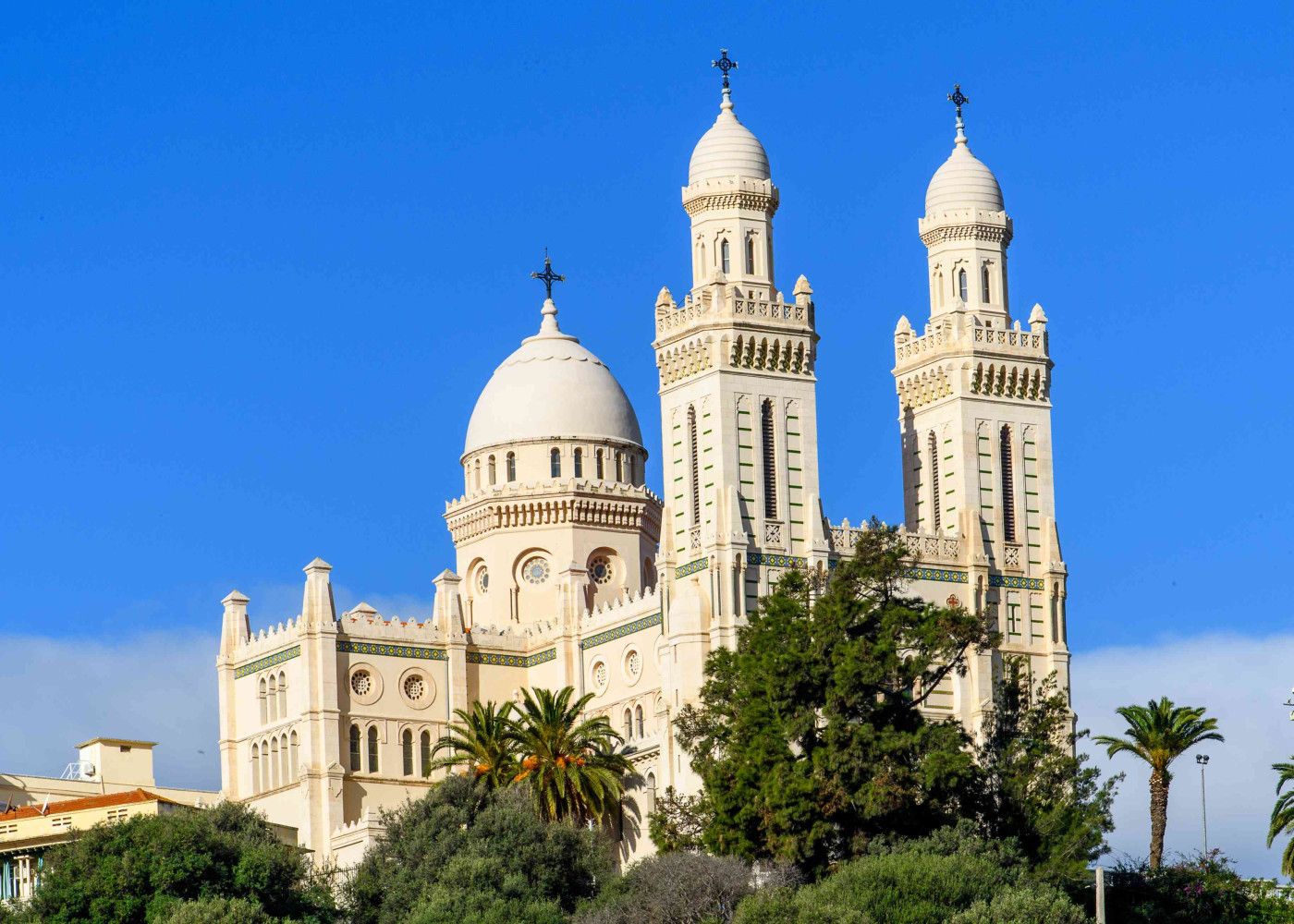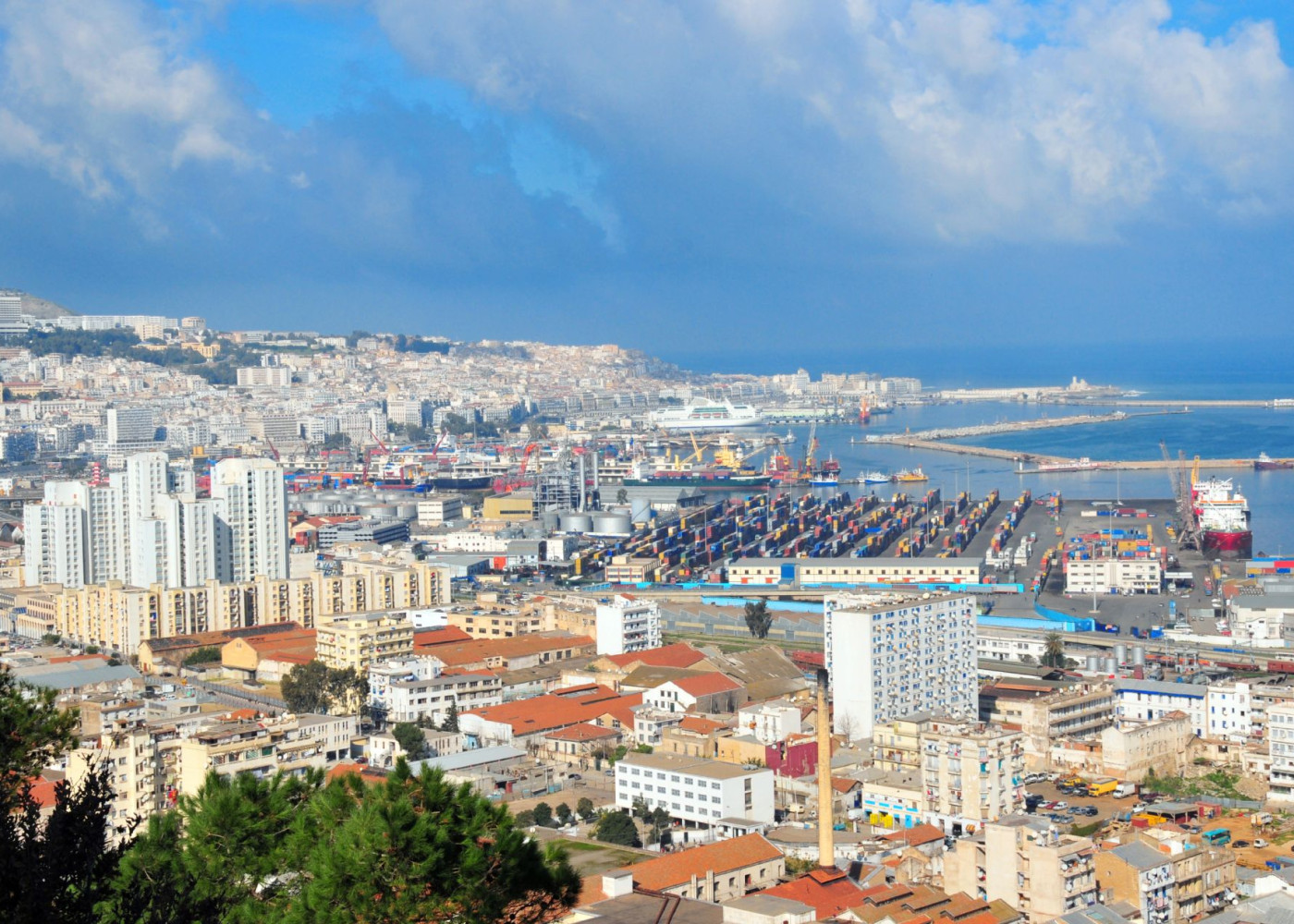Circuit les villes romaines d'Algérie
Algérie, discover this 12-day trip
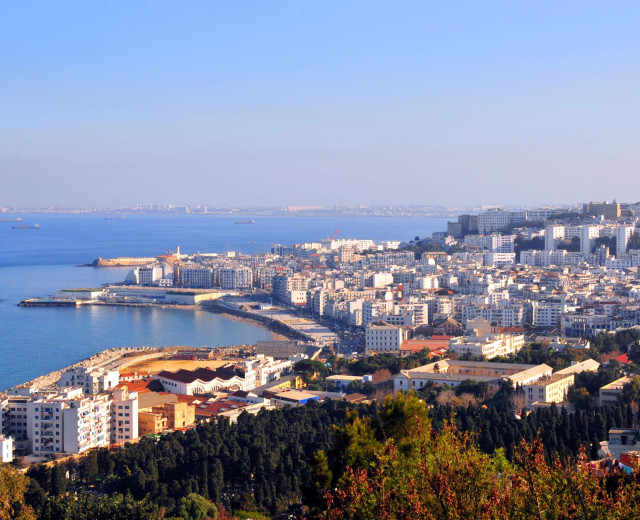
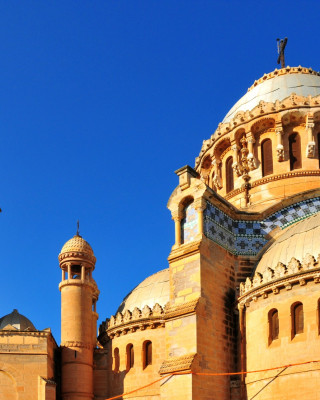
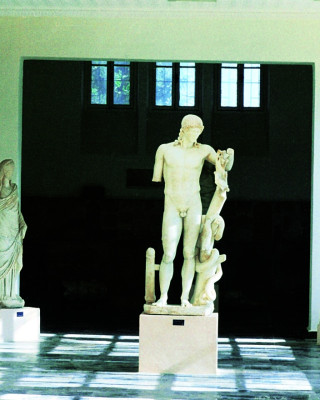
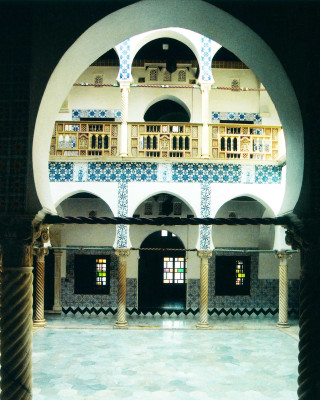
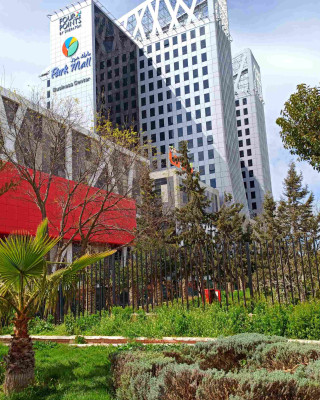
Trip Description
Accomodation
Stay program
day 1:
AlgerArrivée et accueil aéroport Alger, Transfert à l'hôtel, avec un arrêt à Riadh El Feth et les Balcons d'Alger. Arrivée à l'hôtel, puis tour de ville à pieds dans les boulevards d'Alger : Michelet, d'Isly, la Grande Poste, le Forum et l'horloge Florale. Dîner et nuitée.
day 2:
Cherchell - Tipaza - Tombeau de la ChrétienneDépart en direction de Cherchell, ancienne Césarée romaine (IOL Phénicienne). Puis visite du musée de sculptures antiques exceptionnelles, ensuite visite du Musée des pièces antiques et son jardin de Mosaïque et nous terminerons par la découverte des Thermes Romain. Déjeuner poissons en bord de mer Direction Tipaza avec visite de l'ancienne cité située dans la colline Ouest, le théâtre, Le cirque, les thermes… (Ce site est classé par l'UNESCO au patrimoine de l'Humanité) ... De nombreux vestiges puniques, romains, chrétiens et africains attestent de la richesse de l'histoire de cette région. Sur la route du retour on fait un crochet pour visiter le Mausolée Royal de la Mauritanie, appelé Tombeau de la Chrétienne. Dîner et nuit à l'hôtel.
day 3:
Alger - CasbahDépart pour visite de la Casbah, en commençant par la Citadelle et la Maison Centenaire (Architecte Claro Léon). Ensuite traversée de la Casbah à travers les petites ruelles avec des arrêts pour visite de Maisons Traditionnelles, Terrasses avec vue panoramique sur la Baie d'Alger, dégustations de thé et gâteaux traditionnels. Puis visite de la plus vieille mosquée de la Casbah : Sidi Ramdane, la Fontaine Bir Chebana, le Mausolé Sidi Abderahmane, le Palais Mustapha Pacha (actuellement musée de la Calligraphie Arabe). Déjeuner Traditionnelle à la Casbah. Après midi découvrons le boulevard front de mer et le théâtre national (1853), le quartier populaire de Bâb El Oued qui est un ensemble de quartiers (Guillemin, Trois Horloges, Baceta, Climat de France et Trioli) puis on termine la randonnée par la basilique de notre Dame d'Afrique (1872) un joyau architectural bâti sur un site d'exception qui domine Alger d'Est en Ouest. Dîner et nuit à l'hôtel.
day 4:
Alger - SétifDépart tôt vers le parc archéologique de « Djemila », classé par l'UNESCO au patrimoine de l'Humanité. Anciennement Cuicul. C'est l'un des plus beaux ensembles de ruines romaines du monde. Les vestiges archéologiques, le plan d'urbanisme romain bien intégré et le cadre environnemental constituant les ressources qui représentent les valeurs attribuées au site (on découvrira l'Arc de Caracala, les Grandes Thermes, la Basilique Chrétienne ainsi que le musée et ses magnifiques tableaux de mosaïques) ainsi que le Baptistère du 4éme Siècle. Direction Sétif, chek in à l'hôtel, puis visite pédestre de la ville et avec ses larges artères commerçantes, et sa célèbre fontaine « Ain El Fouara », symbole de la ville. Dîner et nuitée à l'hôtel.
day 5:
Sétif - Tiddis - ConstantineDépart vers Tiddis : un authentique site berbère modifié par la civilisation romaine et aménagé selon leurs systèmes d'urbanisation. Tiddis (ou Castellum Tidditanorum), qui dépendait jadis de Cirta conserve encore des inscriptions libyques et des symboles sur la poterie berbère. Direction Constantine, arrivée à l'hôtel, puis déjeuner. Après midi, visite du Musée Cirta, puis promenade à travers les ruelles de la vieille ville, qui constitue une véritable incursion dans l'histoire de Constantine, les gorges du Rhummel et les magnifiques panoramas qu'offrent l'ancien Monument aux Morts et les célèbres ponts suspendus de la ville. Dîner et nuitée.
day 6:
Constantine - BatnaDépart vers Batna avec un arrêt dans les Salines (grand Chott ou est produit le sel). Visite de leur atelier de production. Ensuite visite de Médracen qui est un célèbre Tombeau Berbère. Déjeuner à Timgad, Après-midi visite de la Cité de Timgad : La ville romaine, qui portait le nom de Thamugadi (colonia Marciana Traiana Thamugadi) dans l'Antiquité, a été fondée par l'empereur Trajan et a été du statut de colonie. Il s'agit de la dernière colonie de déduction en Afrique romaine. Bâtie avec ses temples, ses thermes, son forum et son grand théâtre. Sur le chemin du retour vers l'hôtel, nous faisons une brève visite de ce qui reste de Lambèse (Lambaesis), Cœur de la présence militaire romaine en Afrique et ancien quartier général de la 3ème légion d'Auguste sous Trajan. La petite ville de Tazoult est connue aussi pour son pénitencier en 1850 qui aida beaucoup à la découverte de l'ancienne cité mais aussi un obstacle majeur à une étude approfondie de ses vestiges, la destruction graduelle a cause du pénitencier, le village colonial puis l'agglomération actuelle ont rendu difficile une conservation du site de Lambèse. Retour à l'hôtel dîner et nuitée hôtel.
day 7:
Batna - Madaure - Souk AhrasRoute pour M'Daourouche, (Madauros), vieille cité numide de Syphax du 3esiècle av. JC et royaume de Massinissa. Elle fut ensuite constituée en une importante colonie romaine entre l'an 69 et 75 avant JC, sous l'empereur Vespasien. Saint Augustin y étudia jusqu'à l'âge de 15 ans. Visite de l'antique cité. Déjeuner pique-nique. Après la pause déjeuner, visite de l'Olivier de Saint-Augustin à Souk-Ahras. Retour à la maison d'hôtes. Dîner et nuitée.
day 8:
Sedrata - Khemissa - Souk AhrasDépart matinal pour la visite des Gravures Rupestres de Sedrata. Après-midi, direction Khamissa ancienne cité antique de Thubursicu Numidarum Au cours des siècles, elle s'agrandit vers le nord et le nord-ouest pour ancienne ville de 65 hectares. Thubursicu Numidarum, au plan stratégique, occupait une place de première importance : elle était située sur une route dépendante le port d'Hippo Regius (près d'Annaba) à Theveste (Tebessa), camp de la légion d'Afrique.les fouilles faites en 1877 puis de 1903 à 1905, dans cette cité de la tribu Numidae, ont permis d'exhumer : la Platea vetus (la vieille place), le Forum novum, un théâtre, des thermes, des portes monumentales, des monuments funéraires avec de nombreuses épitaphes, une chapelle byzantine, des tables de mesure et des statues de divinités et de notables. Retour à la maison d'hôtes. Dîner et nuitée.
day 9:
Souk Ahras - GuelmaAprès le petit déjeuner, visite et découverte de la ville antique de Calama. Le Théâtre Romain, édifié en 201. Il s'appuie sur une assise de remblais parée de pierres de taille. Il est dû à l'évergétisme (bienfaisance) d'une certaine Annia Aelia Restituta, fille d'une riche et puissante famille de l'époque, elle dépensa une fortune pour le plaisir de ses concitoyens. Il est reconstitué entre 1902 et 1918. Le théâtre abrite aussi le musée romain de la ville de Guelma, qui contient d'importantes collections de monnaie, d'objets en bronzes et des statues. Déjeuner sur place, nous irons ensuite à Hammam Chellala ou Debagh, ou encore (Meskhoutine d'après la légende). La température de l'eau de Hammam Meskhoutine n'est pas dépassée au niveau planétaire que par celle des geysers d'Islande. Ses vertus thérapeutiques ont été appréciées des Romains qui appelaient ce lieu Aqua Tibatanae. Possibilité de prendre un bain pour ceux qui le désirent. Dîner et nuitée.
day 10:
Guelma - Thibilis - AnnabaAprès le petit déjeuner, direction (Announa), un site romain d'environ 10 ha. Vous découvrirez l'arc de triomphe, le forum, le capitole et les basiliques. Thibilis est lieu de naissance de la mère de Saint Augustin. Déjeuner et suite vers Annaba. Arrivée, petite visite de la ville d'Annaba. Installation à l'Hôtel. Dîner et nuitée.
day 11:
AnnabaDirection le site d'Hippo Regius (ou Hippone) qui fut d'abord une colonie carthaginoise, puis la résidence des rois numides et municipe romain sous Auguste. Elle sera ensuite occupée par les Vandales puis les Byzantins et, enfin, par les Arabes au Xe siècle, jusqu'à la fin de la période fatimide. La cité eut pour évêque Saint Augustin de 396 à 430 après J.-C. Hippo, siège épiscopal d'Augustin. Visite de la Basilique de la Paix d'Hippone , le baptistère, le théâtre, le forum, les thermes et le Musée, ensuite la Basilique moderne de Saint Augustin avec son style Arabo-Mauresque mais aussi byzantin et romain. Déjeuner puis Ras El Hamra (cap de Garde), la pointe de la Corniche d'Annaba. Puis direction la Montagne de Seraïdi pour visiter le complexe hôtelier de l'Architecte Français Fernand Pouillon. Transfert aéroport pour vol Annaba 17 h 30 Alger 18 h 50 Diner spécial de fin de circuit dans un restaurant d'Alger et nuitée à l'hôtel.
day 12:
RetourTransfert aéroport d'Alger, Assistance au départ et vol retour.
- Duration : 12 days
- Price : From €2,750.00 per person
- Destinations : Algérie
A website by
Customize your trips with Quotatrip and receive tailor-made offers directly in your inbox.
Discover a country
